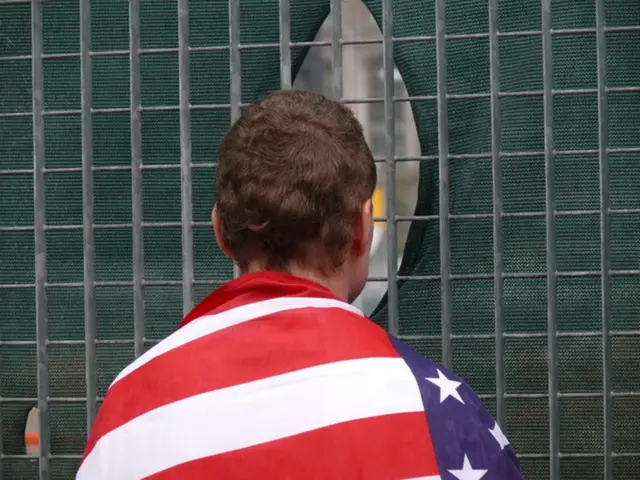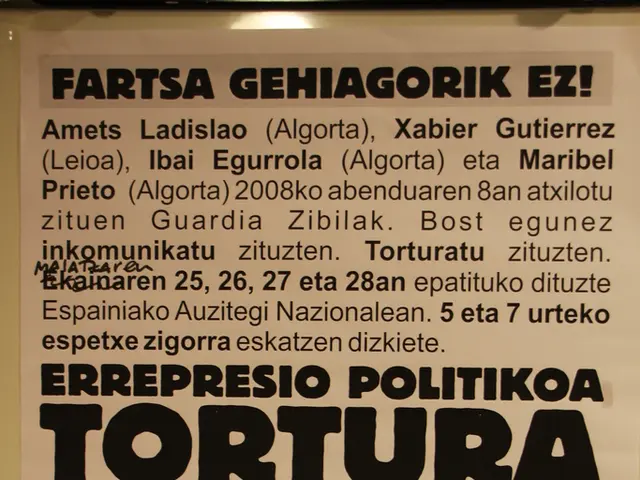Nuclear Facilities Worldwide Face Urgent Security Concerns
The safety of nuclear facilities worldwide remains a pressing concern, with recent attacks and longstanding vulnerabilities highlighting the urgent need for stronger international protection measures. Despite efforts, the international community has yet to agree on a comprehensive legal framework to safeguard these critical sites.
The issue of protecting nuclear facilities against attacks is not new. As early as the 1970s, a diplomat presented an analysis of the restrictions of Articles 56 and 15 in Protocol I, urging further agreements for additional protection. However, these proposals have largely remained unfulfilled.
In the 1980s, Sweden proposed integrating nuclear facility protection into Radiological Weapons Convention negotiations, but this was opposed and later abandoned. The international community has since relied on ad hoc and temporary solutions for protection, with no blanket ban on attacks against civilian nuclear installations.
Recent events, such as Russia's attacks on Ukraine's Chornobyl and Zaporizhzhya nuclear facilities, have exposed the vulnerabilities of these sites in conflict zones. Despite these incidents, international discussions on strengthening protection remain stagnant, with no progress made at NPT Review Conferences. The use of military and coercive means as counterproliferation strategies has also eroded the integrity of the IAEA's safeguards system and the NPT.
The Geneva Convention's Protocols I and II provide limited protection to specific nuclear facilities designated for peaceful purposes, but this is not enough. Until a comprehensive, enforceable legal framework is established, nuclear facilities remain vulnerable to attack, posing risks to international security and humanitarian safety. The international community must prioritize this issue and work towards a robust, agreed-upon solution to protect these critical sites.








